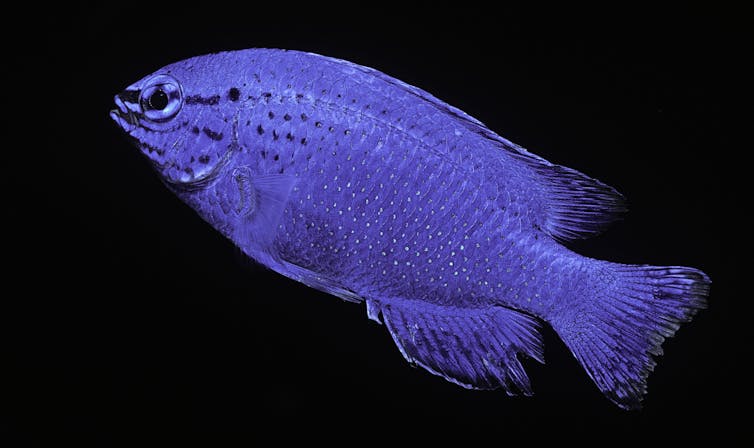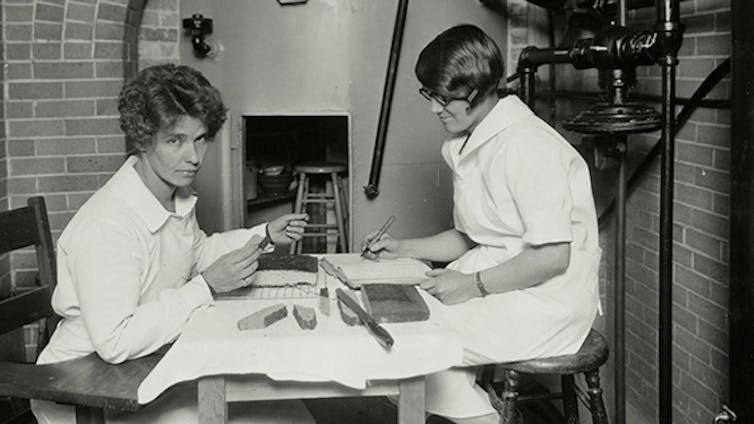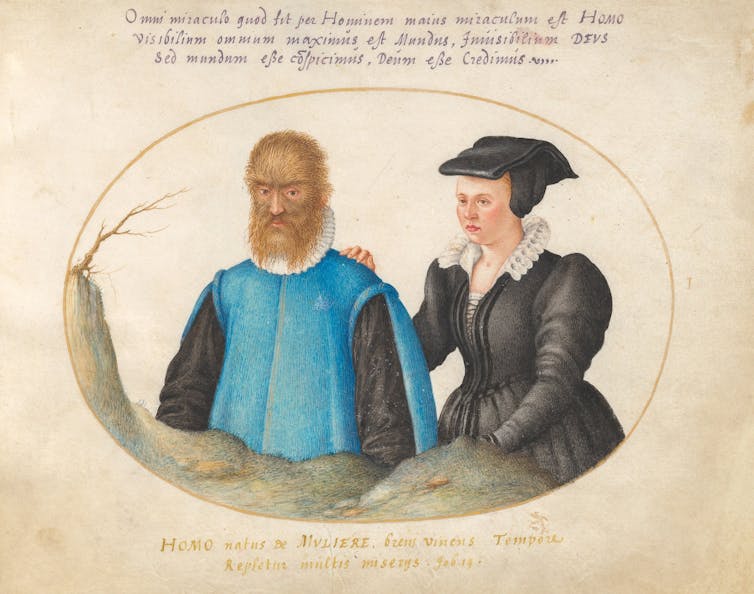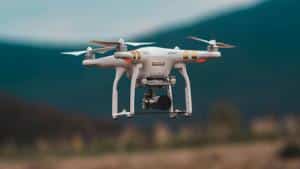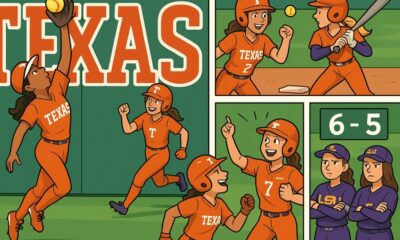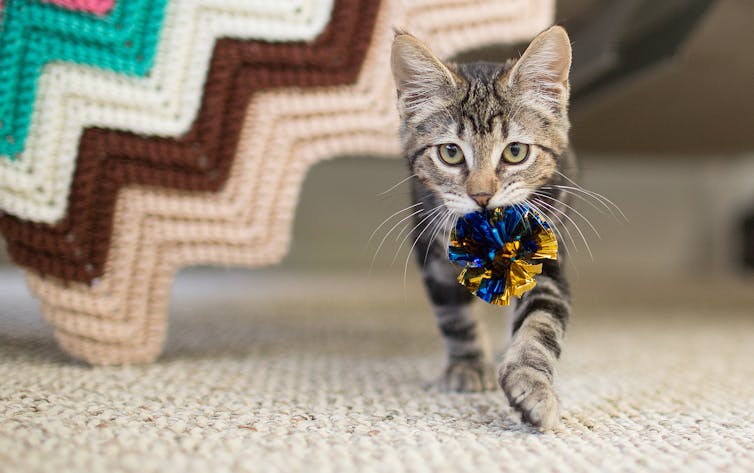
Purple Collar Pet Photography/Moment, via Getty Images
Mikel Delgado, Purdue University and Judith Stella, Purdue University
Many people have seen dogs fetch, but cats like to get into the game too. Despite their very different hunting and play styles, fetching appears to combine elements of predatory and social behavior for both species.
Although their domestication histories and natural behaviors are very different, cats and dogs share many similarities. Both species are predators, live closely with humans and are capable of enjoying rich social experiences with us.
In our newly published study, we found that more than 40% of cats described in our survey data played fetch, compared with almost 80% of dogs. We also outlined several possible reasons for fetching, including play, selection during domestication, and learning effects.

Scant research
Our research group sat up and took note when British researchers published a study in 2023 that explored some key characteristics of fetching in cats. The scientists surveyed 924 owners of cats that fetched, and they found that the cats would retrieve a wide variety of objects, from pet toys and balls of paper to pens, bottle caps and even shoes.
Perhaps most intriguing was the fact that the cats generally were not trained to fetch – they offered the behavior spontaneously. Cats also preferred to be the one to start the fetch game and were more likely to play when they brought a toy to their human, rather than the human tossing a toy.
Prior to this study, fetching behavior in cats hadn’t received much scientific attention. But because this review surveyed only owners of cats that fetched, there was no way to compare those animals with cats that didn’t. We wondered whether there was something about the cats themselves that made some more likely to fetch than others.
And what about dogs? Fetching is one of the most common forms of play between dogs and humans. Many dogs have been bred and selected specifically for assisting human hunts by retrieving prey. We expected to find abundant research about fetching behavior in dogs, but we learned that it was rarely addressed in dog behavior studies.
Fluffy, get the ball!
To help fill this gap, our group teamed with University of Pennsylvania researcher James Serpell, who developed two survey-based tools to assess dog and cat behavior. The surveys include basic questions about each animal’s breed, age and living environment, followed by dozens of questions about their behavior, including traits such as predatory behavior, sociability with humans, activity level and fearfulness. Both surveys also included questions about fetching.
Using these survey results, we analyzed data from thousands of cat and dog owners to explore just how common fetching is and what characteristics of a cat or dog and their environment are likely to predict fetching.
We found that fetching was much more common in cats than we anticipated. Over 40% of cat owners had a cat that “sometimes, usually, or always” fetched. For comparison, we also provided the first estimate of the prevalence of fetching behavior in dogs. Almost 78% of dogs represented in the data were reported to fetch.
Interestingly, being male was associated with increased fetching in both species. Being older and having health problems decreased the likelihood that either cats or dogs would be fetchers. And for both species, sharing a home with a dog also made the animal represented in the survey less likely to fetch.
There were breed differences too, especially among dogs. Breeds known for being responsive to human instructions and taking interest in toys, such as German shepherd dogs, golden retrievers and Labrador retrievers, were among the most likely breeds to fetch. In contrast, hounds and livestock guard dogs were among those least likely to fetch.
Fetching was correlated with trainability in dogs, regardless of breed, pointing to the potential importance of early selection of dogs to be human helpers, long before we started developing dog breeds.
There are far fewer breeds of cats than dogs, and fewer purebred cats were represented in our study compared with dogs. Still, we also found breed differences among cats. Siamese, Tonkinese, Burmese and Bengals were the most likely cats to fetch.
Fetching was correlated with activity level: Cats that were more likely to run, jump, engage with new items in the home and initiate play with their owners were also more likely to fetch.
From hunting to playing catch
The roots of fetching behavior lie in both species’ hunting practices. Cats are known as stalk-and-rush hunters, meaning that they sneak up on their prey and pounce at an opportune moment. Dogs are believed to be pursuit predators that chase prey over longer distances.
Development of breeds has altered dogs’ typical predatory behavior sequence, which goes like this: orient, eye, stalk, chase, grab-bite, kill-bite. Dog breeds that have been bred for exaggerated or increased “chase and/or grab-bite” behavior – such as pointers and retrievers – are more likely to fetch and less likely to complete the predatory sequence and “kill-bite.”
But both cats and dogs will carry prey items away from the kill site, which may also partially explain how a behavior such as fetch could arise.
Although cats often are viewed as independent and aloof, recent studies have found that cats can show attachment to humans, pick up social cues from humans and even recognize their owner’s voice. We hope that our study further encourages people to understand that cats are capable of loving relationships with humans, especially when these popular pets are well socialized and provided with an enriched and safe environment. Including fetching, if your cat is so inclined.
For all of the differences between dogs and cats, we think it’s charming that they have converged on a similar behavior – fetching. Fetching also highlights the effect of the human-animal relationship. Humans clearly play an important role in fetching behavior, even if dogs and cats simply perceive us as the thing that makes the toy move so they can chase it.![]()
Mikel Delgado, Senior Research Scientist, College of Veterinary Medicine, Purdue University and Judith Stella, Senior Research Scientist, College of Veterinary Medicine, Purdue University
This article is republished from The Conversation under a Creative Commons license. Read the original article.





















